当前位置:网站首页>Design of electronic clock based on 51 single chip microcomputer
Design of electronic clock based on 51 single chip microcomputer
2022-07-05 17:16:00 【Teenagers, sneaking】
be based on 51 Design of electronic clock of single chip microcomputer
0 Function is introduced
1、 from DS1302 Read time display in
2、 altogether 4 A button , Key 1 Press to enter the modify time mode , Press again to switch the modified time variable , This is the time 2 and 3 The first key is the key to modify the time variable , After modification , Click the key 4 Confirm the change
3、 Not in modify mode , Press the button 2, You can switch the display of time and date
4、 In modify mode , The corresponding modified time variable will flash
1 Software platform and open source code
Simulation software :Proteus 8.9
Code writing :Keil5
Baidu network disk link :
link :https://pan.baidu.com/s/1RP_8MkZIqHt7WFPc6na3sQ
Extraction code :y2fn
– From Baidu network disk super member V4 The share of
Gitee link :
2 Simulation hardware selection
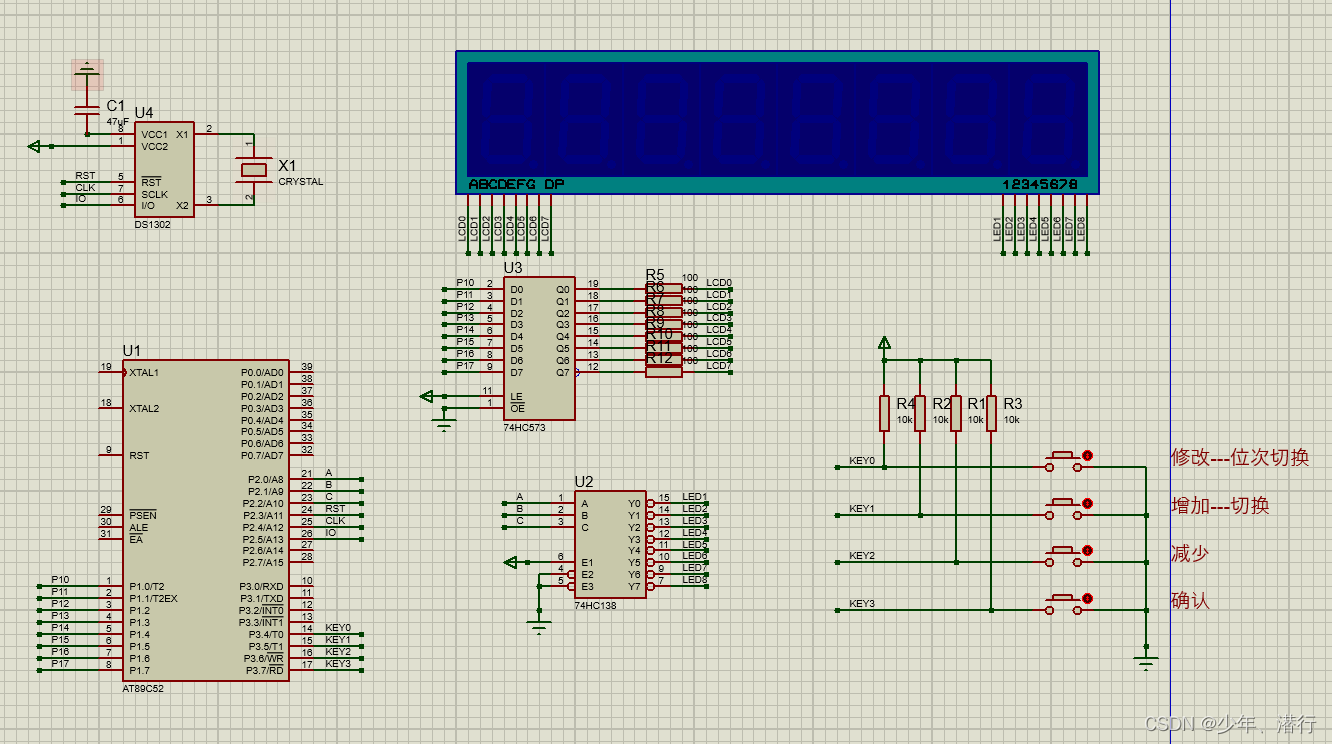
DS1302 Get the current time ,8 Bit common cathode digital tube ,74HC138 Make a choice ,74HC573 Make segment selection ,4 A button .
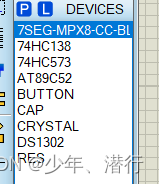
3 Code writing
3.1 The overall design idea
from DS1302 Read out the current time display , When modifying the time , First save the current time into a cache , Then modify the data in the cache , Wait until the modification is completed , Then write the data in the cache DS1302 in .
3.2 Software code design
3.2.1 The nixie tube shows
The display of the nixie tube will be placed in a 5ms In the timer of , every other 5ms, Change the display order , adopt 74HC138 To achieve the change of display bit .segCode It is the stored digital tube segment code , cache ,segBuff What is the actual value of , Is whose segment code , If the value is 10, I set it up. segCode by 0x00, That is, do not show .
void SegShow()
{
static u8 segSelectCount = 0;// Bit select variable
segSelectCount ++;
if(segSelectCount > 7)
segSelectCount = 0;
SEG = 0x00;// Blanking
switch (segSelectCount)
{
case 0: HCC = 0;HCB = 0;HCA = 0;SEG = segCode[segBuff[0]];break;
case 1: HCC = 0;HCB = 0;HCA = 1;SEG = segCode[segBuff[1]];break;
case 2: HCC = 0;HCB = 1;HCA = 0;SEG = 0x40 ;break;
case 3: HCC = 0;HCB = 1;HCA = 1;SEG = segCode[segBuff[2]];break;
case 4: HCC = 1;HCB = 0;HCA = 0;SEG = segCode[segBuff[3]];break;
case 5: HCC = 1;HCB = 0;HCA = 1;SEG = 0x40 ;break;
case 6: HCC = 1;HCB = 1;HCA = 0;SEG = segCode[segBuff[4]];break;
case 7: HCC = 1;HCB = 1;HCA = 1;SEG = segCode[segBuff[5]];break;
default:HCC = 0;HCB = 0;HCA = 0;SEG = segCode[segBuff[0]];break;
}
}
3.2.2 DS1302 Data processing in
Go to DS1302 Write value in register
void ds1302write(u8 addre,u8 dat)
{
u8 i;
RST=0;
_nop_();
SCK=0;
_nop_();
RST=1;
_nop_();
for (i=0;i<8;i++)
{
IO=addre&0x01;
addre>>=1;
SCK=1;
_nop_();
SCK=0;
_nop_();
}
for (i=0;i<8;i++)
{
IO=dat&0x01;
dat>>=1;
SCK=1;
_nop_();
SCK=0;
_nop_();
}
RST=0;
}
from DS1302 Medium reading value
u8 ds1302read(u8 addre)
{
u8 i,dat1,dat;
RST=0;
_nop_();
SCK=0;
_nop_();
RST=1;
_nop_();
for (i=0;i<8;i++)
{
IO=addre&0x01;
addre>>=1;
SCK=1;
_nop_();
SCK=0;
_nop_();
}
_nop_();
for (i=0;i<8;i++)
{
dat1=IO;
dat=(dat>>1)|(dat1<<7);
SCK=1;
_nop_();
SCK=0;
_nop_();
}
RST=0;
_nop_();
SCK=1;
_nop_();
IO=1;
_nop_();
IO=0;
_nop_();
return dat;
}
DS1302 The initialization , If defined at the beginning of the file FIRST_WRITE The value of is 1, Then it will go to DS1302 writes time[] Time set in , You can open this code for the first time , You can close it later .
void ds1302init()
{
#if FIRST_WRITE == 1
u8 i;
ds1302write(0x8e,0x00);
for (i=0;i<7;i++)
{
ds1302write(writeaddre[i],time[i]);
}
ds1302write(0x8e,0x80);
#endif
}
DS1302 Read time , Take data from DS1302 Read it from the register , Then make another one BCD Transcoding 10 Base conversion .
void ds1302readtime()
{
u8 i;
for (i=0;i<7;i++)
{
time[i]=ds1302read(readaddre[i]);
}
second = (time[0]/16)*10+(time[0]&0x0f);
minute = (time[1]/16)*10+(time[1]&0x0f);
hour = (time[2]/16)*10+(time[2]&0x0f);
day = (time[3]/16)*10+(time[3]&0x0f);
month = (time[4]/16)*10+(time[4]&0x0f);
week = (time[5]/16)*10+(time[5]&0x0f);
year = (time[6]/16)*10+(time[6]&0x0f);
}
DS1302 Write time , Do the variable to be written first 10 Turn into the system BCD code , Then write the corresponding register .
void ds1302writetime()
{
u8 i;
ds1302write(0x8e,0x00);
time[0] = (((secondTemp/10)<<4) + (secondTemp%10));
time[1] = (((minuteTemp/10)<<4) + (minuteTemp%10));
time[2] = (((hourTemp/10)<<4) + (hourTemp%10));
time[3] = (((dayTemp/10)<<4) + (dayTemp%10));
time[4] = (((monthTemp/10)<<4) + (monthTemp%10));
time[5] = (((weekTemp/10)<<4) + (weekTemp%10));
time[6] = (((yearTemp/10)<<4) + (yearTemp%10));
for (i=0;i<7;i++)
{
ds1302write(writeaddre[i],time[i]);
}
ds1302write(0x8e,0x80);
}
3.2.3 Key scan
Key scan reference punctual atom writing , But my delay is not according to his use delay Time delay , It is the timer delay used , The advantage of this is that the delay does not occupy CPU resources .
void KeyScan(u8 mode)
{
static int keyCount = 0;
static int keyState = 0;
if(mode == 1) keyState=0;
if (keyState == 0 && (KEY0 == 0||KEY1 == 0||KEY2 == 0||KEY3 == 0))
{
keyCount++;
if(keyCount>2)
{
keyState = 1;
keyCount=0;
if(KEY0 == 0) isKey0 = 1;
else if(KEY1 == 0) isKey1 = 1;
else if(KEY2 == 0) isKey2 = 1;
else if(KEY3 == 0) isKey3 = 1;
}
} else if (KEY0 == 1 && KEY1 == 1 && KEY2 == 1 && KEY3 == 1)
{
keyState = 0;
}
}
3.2.4 Modify the display variables according to the display mode
According to the display status variable , Modify the current display variable
void SegBuffChange()
{
if(showMode == 0)
{
segBuff[5] = second%10;
segBuff[4] = second/10;
segBuff[3] = minute%10;
segBuff[2] = minute/10;
segBuff[1] = hour%10;
segBuff[0] = hour/10;
}else if(showMode == 1)
{
segBuff[5] = day%10;
segBuff[4] = day/10;
segBuff[3] = month%10;
segBuff[2] = month/10;
segBuff[1] = year%10;
segBuff[0] = year/10;
}else if(showMode == 2)
{
segBuff[5] = secondTemp%10;
segBuff[4] = secondTemp/10;
segBuff[3] = minuteTemp%10;
segBuff[2] = minuteTemp/10;
segBuff[1] = hourTemp%10;
segBuff[0] = hourTemp/10;
}else if(showMode == 3)
{
segBuff[5] = dayTemp%10;
segBuff[4] = dayTemp/10;
segBuff[3] = monthTemp%10;
segBuff[2] = monthTemp/10;
segBuff[1] = yearTemp%10;
segBuff[0] = yearTemp/10;
}
}
3.2.5 Flicker function
In the key modification mode , Set the flashing status value 1, Because this function is placed in segBuff After the modification , So before the actual display , What is changed here will be the actual display , You can achieve a flashing effect .
void dataBlink()
{
static u8 blinkCount = 0;
static bit blinkState = 0;
if(changeOrNormalState == 1)// In the key modification mode
{
blinkCount++;
if(blinkCount == 80)// every other 80*5 Flashing state value transition
{
blinkState = !blinkState;
blinkCount = 0;
}
}else
{
blinkState = 0;
}
if(blinkState == 1)// If the flashing status value is 1, The digit variable nixie tube does not display , I am here seg.c There are definitions. ,10 Just don't show
{
segBuff[(2-changeCount%3)*2+1] = 10;
segBuff[(2-changeCount%3)*2] = 10;
}
}
3.2.6 Press the key to execute the function
The execution function after pressing the key , You can see the code comments
void ClockChangeFunction()
{
if(isKey0 == 1)
{
isKey0 = 0;
if(changeCount == 0 && changeOrNormalState == 0)// The modified bit is 0, Seconds , At the same time, the display state is under the normal display state
{
changeOrNormalState = 1;// Change the display status to modify the time mode
DataTempGet();// Get the value of the time variable before modification
showMode = 2;// The display mode is to display the hours, minutes and seconds under the modified time
}else if(changeOrNormalState == 1)// If it is in display mode
{
changeCount++;// Press the next key ++
if(changeCount > 5)
changeCount = 0;
if(changeCount > 2)// Hours, minutes and seconds are 0、1、2, Greater than 2 It is necessary to change the display of year, month and day
showMode = 3;// The display mode is to display the year, month and day under the modified time
else
showMode = 2;
}
}else if(isKey1 == 1)
{
isKey1 = 0;
if(changeOrNormalState == 1)// The display status is modified time mode
{
dataAdd();// The corresponding bit time variable increases
}else // Normal display mode
{
if(showMode == 0)// Switch the display of time and date
showMode = 1;
else if(showMode == 1)
showMode = 0;
}
}else if(isKey2 == 1)
{
isKey2 = 0;
if(changeOrNormalState == 1)// Just like adding
{
dataSub();
}
}else if(isKey3 == 1)
{
isKey3 = 0;
if(changeOrNormalState == 1)// Press... In modify mode
{
changeOrNormalState = 0;// Change to normal display mode
ds1302writetime();// Write the modified time
showMode = 0;// The display mode lasts for minutes and seconds
changeCount = 0;// Change the bit to zero
}
}
}
3.2.7 Time variable increasing function
This part of the code , Execute in the key execution function , But because of This part is too much , So encapsulate the function , Mainly used to change time variables . The main reason is that there is a leap year , Everything else is normal .
void dataAdd()
{
if(changeCount == 0)
{
secondTemp ++;
if(secondTemp > 59)
secondTemp = 0;
}else if(changeCount == 1)
{
minuteTemp ++;
if(minuteTemp > 59)
minuteTemp = 0;
}else if(changeCount == 2)
{
hourTemp ++;
if(hourTemp > 23)
hourTemp = 0;
}else if(changeCount == 3)
{
dayTemp ++;
if(monthTemp == 1 || monthTemp == 3 || monthTemp == 5 || monthTemp == 7 || monthTemp == 8 || monthTemp == 10 || monthTemp == 12)
{
if(dayTemp > 31)
dayTemp = 1;
}else if(monthTemp == 3 || monthTemp == 6 || monthTemp == 9 || monthTemp == 11)
{
if(dayTemp > 30)
dayTemp = 1;
}else if(monthTemp == 2)
{
if((2000+year)%400==0)
{
if(dayTemp > 29)
dayTemp = 1;
}
else
{
if((2000+year)%4==0&&(2000+year)%100!=0)
{
if(dayTemp > 29)
dayTemp = 1;
}else
{
if(dayTemp > 28)
dayTemp = 1;
}
}
}
}else if(changeCount == 4)
{
monthTemp ++;
if(monthTemp > 12)
monthTemp = 1;
}else if(changeCount == 5)
{
yearTemp ++;
if(yearTemp > 99)
yearTemp = 0;
}
}
4 summary
This design function is relatively simple , Maybe some places also have some small BUG, But I haven't found it yet , If anyone finds out , Welcome to exchange .
边栏推荐
- Machine learning compilation lesson 2: tensor program abstraction
- 【性能测试】jmeter+Grafana+influxdb部署实战
- First day of learning C language
- 【二叉树】根到叶路径上的不足节点
- Embedded UC (UNIX System Advanced Programming) -2
- goto Statement
- winedt常用快捷键 修改快捷键latex编译按钮
- Example tutorial of SQL deduplication
- ternary operator
- 浏览器渲染原理以及重排与重绘
猜你喜欢
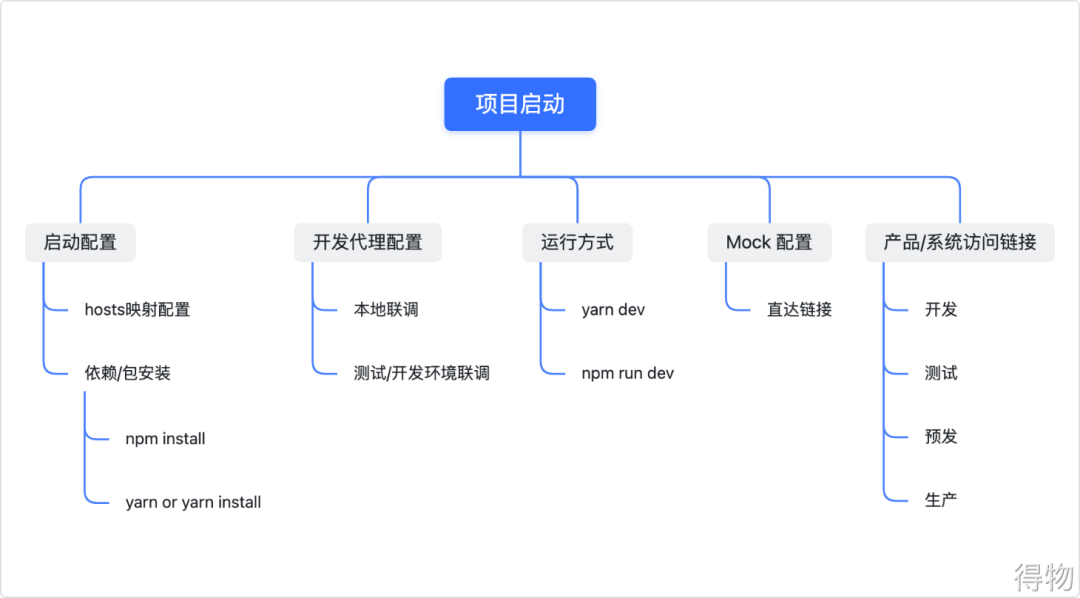
一个满分的项目文档是如何书写的|得物技术

基于51单片机的电子时钟设计
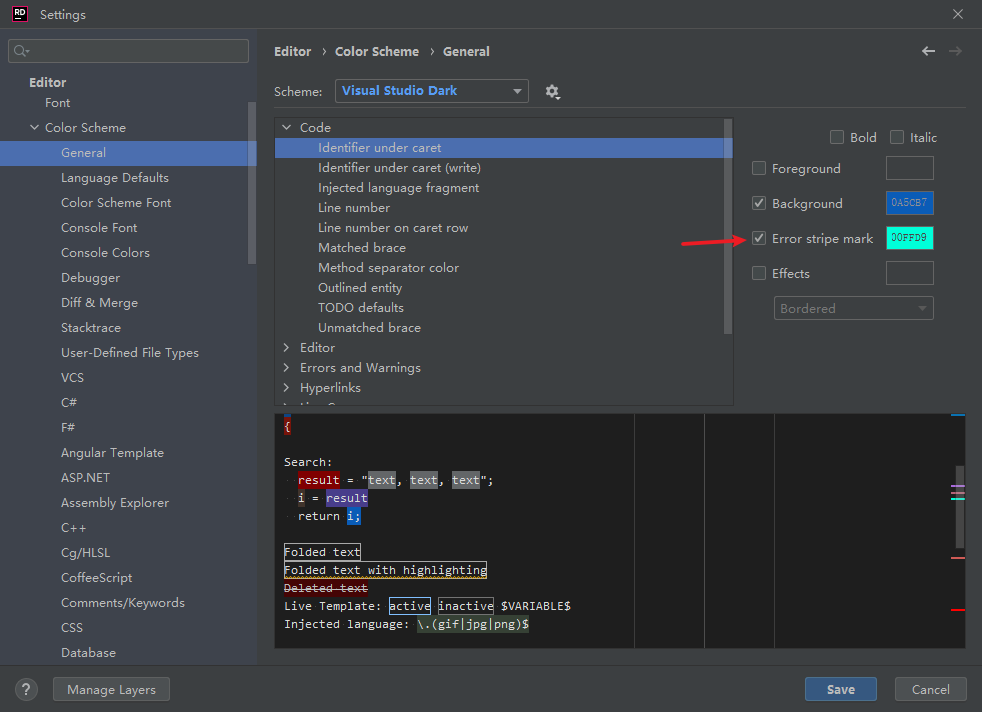
Rider 设置选中单词侧边高亮,去除警告建议高亮

Using C language to realize palindrome number
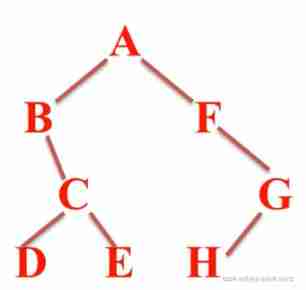
Three traversal methods of binary tree
Example tutorial of SQL deduplication
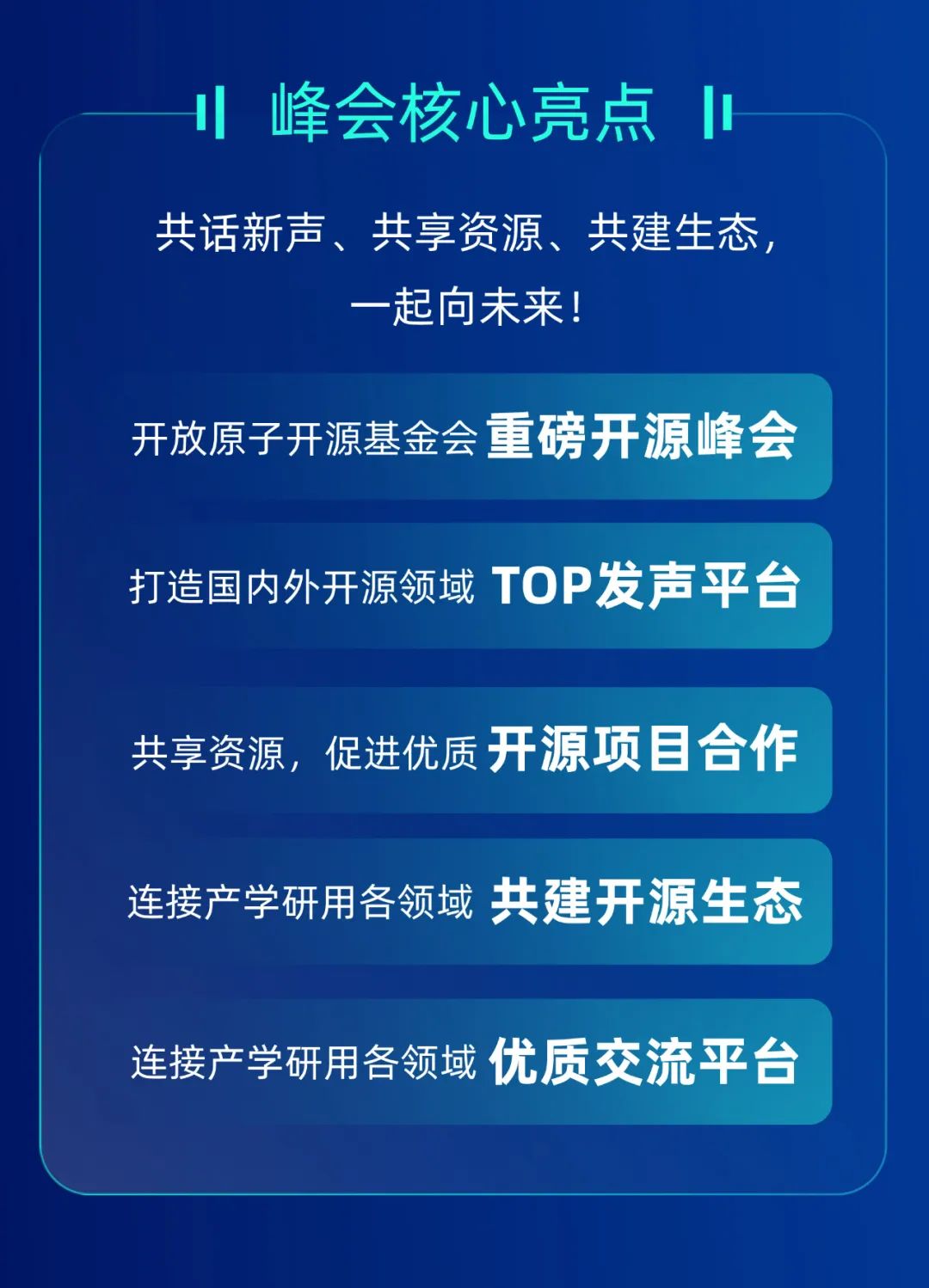
激动人心!2022开放原子全球开源峰会报名火热开启!

China Radio and television officially launched 5g services, and China Mobile quickly launched free services to retain users
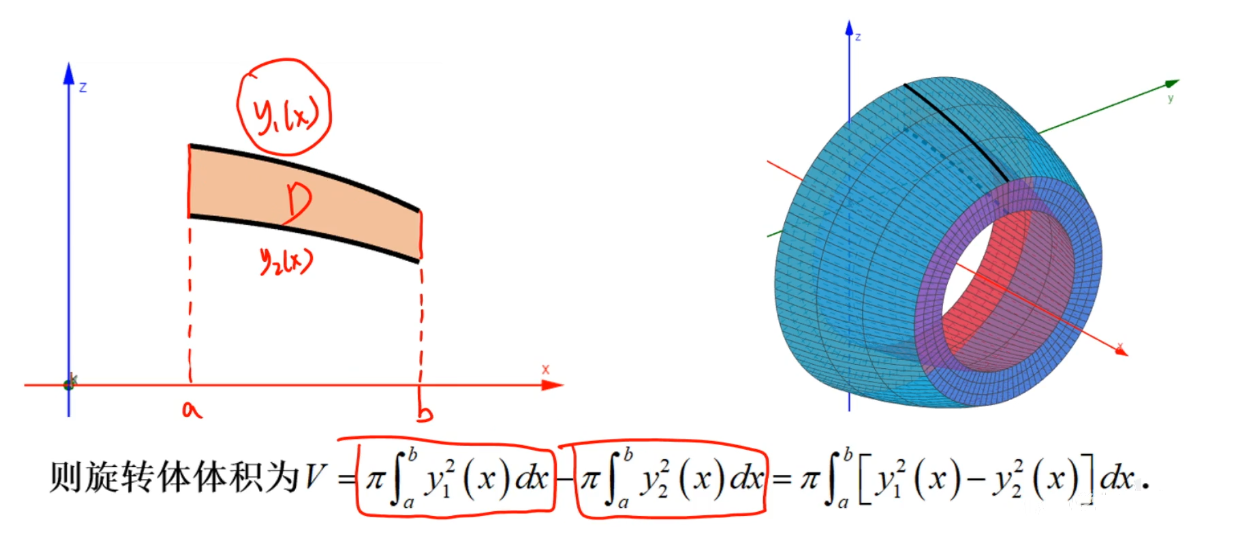
High number | summary of calculation methods of volume of rotating body, double integral calculation of volume of rotating body

American chips are no longer proud, and Chinese chips have successfully won the first place in emerging fields
随机推荐
Detailed explanation of printf() and scanf() functions of C language
高数 | 旋转体体积计算方法汇总、二重积分计算旋转体体积
ECU简介
CMake教程Step2(添加库)
叩富网开期货账户安全可靠吗?怎么分辨平台是否安全?
stirring! 2022 open atom global open source summit registration is hot!
CMake教程Step1(基本起点)
【729. 我的日程安排表 I】
一个满分的项目文档是如何书写的|得物技术
Read the basic grammar of C language in one article
Jarvis OJ Telnet Protocol
Wechat official account web page authorization login is so simple
【剑指 Offer】63. 股票的最大利润
齐宣王典故
Is it safe to open a securities account by mobile phone? Detailed steps of how to buy stocks
Embedded-c Language-1
【微信小程序】一文读懂小程序的生命周期和路由跳转
Function sub file writing
【beanshell】数据写入本地多种方法
Embedded-c language-6
